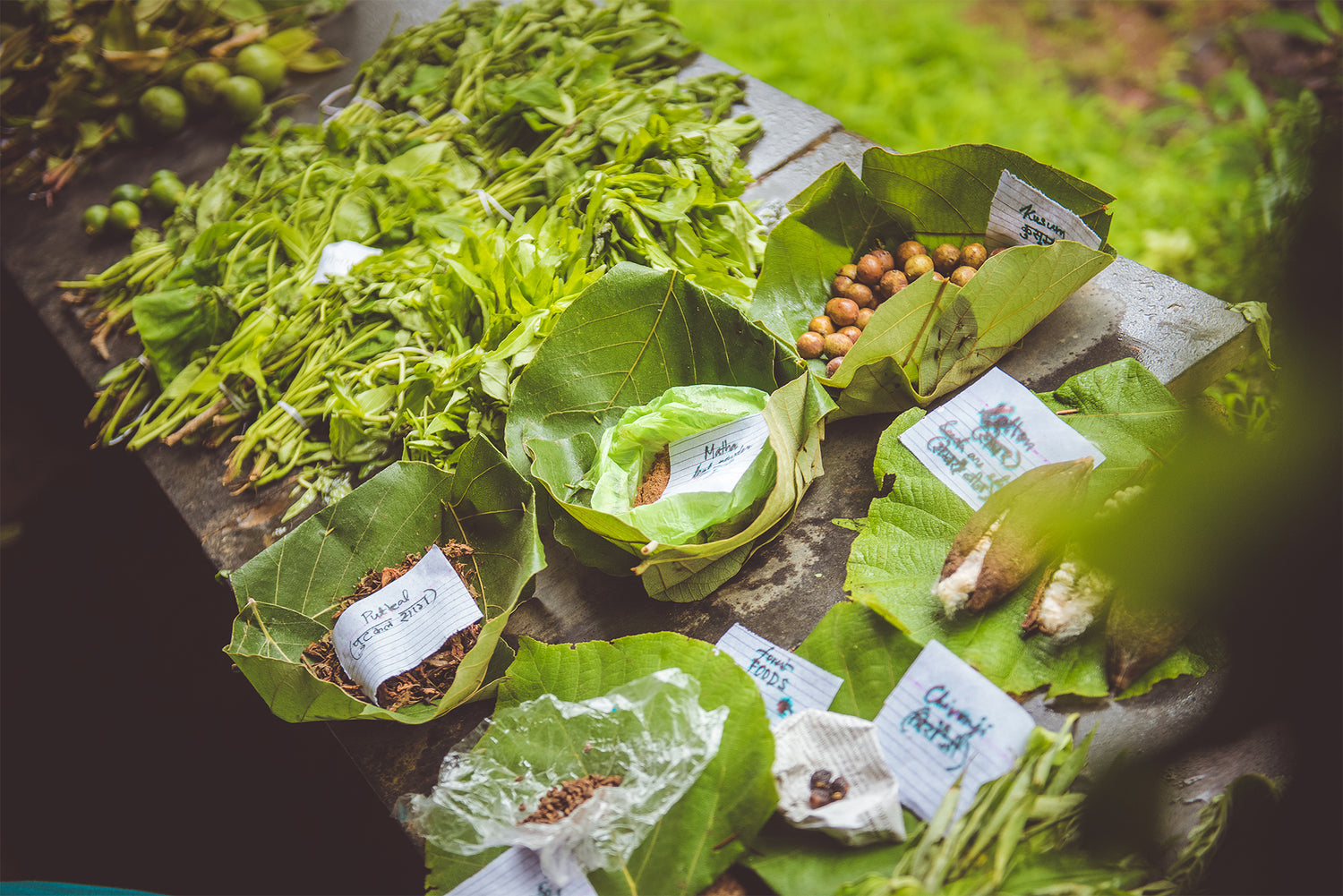

Veda Maath / वेद माठ / Slender Amaranth / Amaranthus viridus
- Local Name: Veda Maath / वेद माठ
- Common Name: Slender Amaranth
- Botanical Name: Amaranthus viridus
Status & Habitat
- Habitat:
- Occurrence:
- Season of Availability:
- Geography: Warm regions of the world: tropics, subtropics, and temperate
- Method of Propagation: Seed and vegetative propagation
- Part used for Propagation: Seeds and Stem cuttings
Edible Parts
- Edible Parts:
- Can be Eaten Raw:
Method of Consumption
- Raw: No
- Ripe: N/A
- Both Raw & Ripe: N/A
- Dangerous Form to Consume:
- As Food:
- As Medicine:
- Cooking Method:
- Preservation / Curing Technique:
- Does Require Another Plants to be cooked together:
- Souring Agents Required:
Nutritional & Medicinal Benefits
- Nutritional Benefit:
- Medicinal Benefit:
Tribal Wisdom
- Tribal Wisdom:
Recipes / Usage
- Tribal Recipe / Usage:


